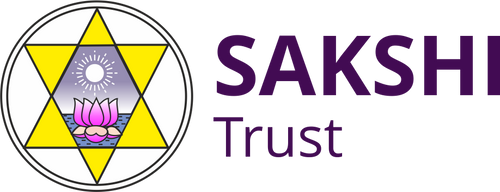“I believe that Veda to be the foundation of the Sanātana Dharma; I believe it to be the concealed divinity within Hinduism – but a veil has to be drawn aside, a curtain has to be lifted. I believe it to be knowable and discoverable. The Vedās and Upanishads are not only the sufficient fountain of the Indian Philosophy and religion, but of all Indian art, poetry and literature.”
“Since our earlier ages the Veda has been the bedrock of all our creeds, ….Our Darshana, Tantra and Puraņa, our Shaivism, Shaktism and Vaishņavism, our orthodoxy, heresy and heterodoxy have been the imperfect understandings of one Vedic Truth . . . Our greatest modern minds are mere tributaries of the old rişis… ”
“If Indians hardly understand the Vedās at all, the Europeans have systematised a radical misunderstanding. Their materialist interpretations, now dominant in cultivated minds, translated into modern tongues, taught in our universities . . .has been more fatal to Vedic Truth than our reverential ignorance…”
-Sri Aurobindo
“By the Vedās, the Hindus mean the accumulated treasury of spiritual laws discovered by different persons in different times… The discoverers of these laws are called ŗşis, and we honor them as perfected beings…and some of the very greatest of them were women.”
-Swami Vivekananda
The collection of books, Vedas, Vedāh, is the holiest for the Hindus. They are in vedic Sanskrit. They were preserved orally for a long time before they were committed to writing about two thousand years ago or earlier.
The core of all these books are the hymns or sūktās. In the beginning it was a single collection. It was later divided into four collections or samhitās.
The four Veda Samhitās contain more than twenty thousand mantrās or verses. It is moreover exquisite poetry. There is no real poetry without extensive symbolism and Rigveda is no exception. However the moderns completely ignore the symbolism and write all sorts of essays on it portraying it as silly and devoid of wisdom. They often quote a mistranslation of a small number of verses to support their dubious contentions.
The questions raised by its critics can be broadly divided into two categories:
(i) Some of the short comings of the modern Hindu Society can be supposedly traced to the Rig Veda since it is its earliest scripture. Hence how can it be relevant now?
(ii) Easily understandable Hindu scriptures like Srimad Bhagavad Gita and the Upanishads are praised by all. Why bother to read Rig Veda at all and try to understand its symbolism?
The question in (i) is based on a false premise. Some of the untoward aspects in modern Hindu Society persist because of ignoring the high ideals mentioned in the Rigveda, its earliest book. The society pictured in Rig Veda had high regard for women including their right for choosing their mates, high regard for the concepts of freedom and equality, respect for sceptics and unbelievers, respect for knowledge coming from all quarters etc. All these ideals are very much relevant and necessary today. In no other religious text do we find mention of such high ideals. Moreover in all religions, there is a wide gap between precept and practice.
The question in (ii) is handled in detail in the section on Upanishads, and that on psychology. It is worthwhile to note that the three yogas of Bhagavad Gita namely yoga of knowledge, yoga of works and yoga of devotion and surrender, personal relation to the deities can be traced to Rig Veda directly. The specific yogic methods developed in the Vedās are unique and highly effective.
